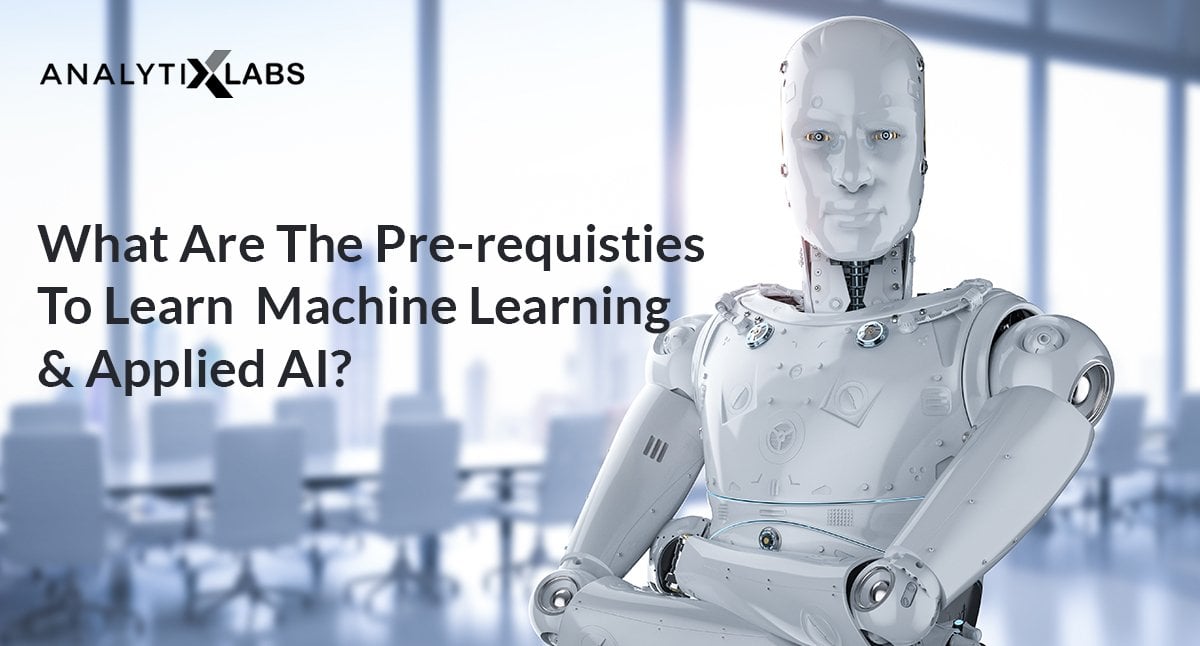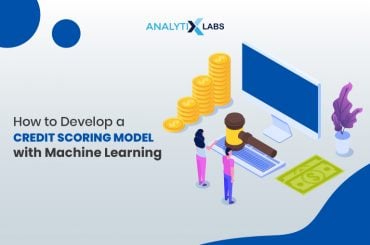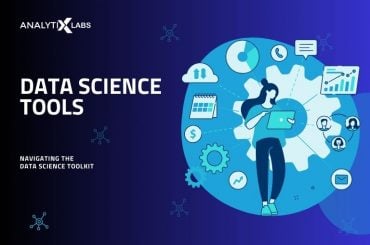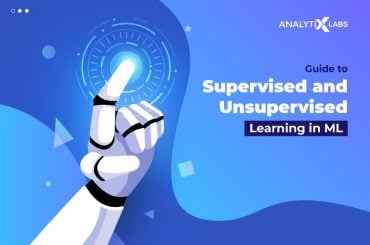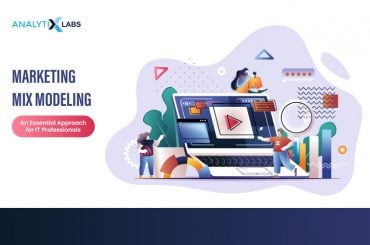The two major fields of study that are considered extremely important and are in demand in the 21st century are Machine Learning (ML) and Artificial Intelligence (AI).
With the recent influx of data and the revolutionary progress in the computer hardware, the capabilities of the AI and ML driven technologies have tremendously increased. Such technologies now affect every sphere of human life.
While the application of these technologies is for creating models for accomplishing tasks as simple as predicting a type of customer to as complex as identifying a potential threat through facial recognition, no matter what the model is, there is a good amount of study that goes into their development. The sheer capability of this technology is something that attracts a number of aspirants to learn it and eventually make a career out of it.
While a number of courses provide a good learning experience, there are certain pre-requisites that one should know to successfully go through these courses. The first set of pre-requisites is very basic it is also the pre-requisites for completing a course in Business Analytics.
The other set of pre-requisites is advanced and as the two fields of ML and AI are closely related to each other, the prerequisites of courses on them too have a lot in common. The following are a few of the important ones for successfully completing a course on them.
Knowing what is the course about
While it might seem very obvious and straightforward, having some basic idea about the objectives of a Machine Learning or Artificial Intelligence course is, is a must. In order to do so, the interested candidate must at least have some idea regarding what is machine learning and artificial intelligence, what is their role in the larger scheme of IT industry, the origins of this technology and where it is headed. It is never a good idea to start on a career path with having no idea where it is leading up to.
Thus, one must know the nature of these technologies so that they are mentally prepared for the course they are about to partake.
Basics of a Programming Language
Every course on ML and AI being taught anywhere in the world will require the candidate to learn some programming language to develop and deploy models. The advanced aspects such as the use of the programming language for the creation of ML and AI model writing the codes from scratch is taught in such courses or by using pre-built libraries. And to do this one doesn’t have to be from programming background.
To learn all of this, one at least should know the basics of any programming language (preferably Python or R, however, this is not mandatory). The basics of programming language would include having some idea of-
- what objects mean in an Object-Oriented Programming language
- what is the meaning and role of loops, conditions and conditional loops
- what are user-defined functions
- what are if/else statements
- what are the different types of datatype and data structures
These are some of the basic knowledge of programming language expected form a candidate. As most of the courses start to build upon this existing knowledge of a candidate, having this minimal understanding of a programming language is highly important. However, this is not mandatory because any comprehensive applied AI and Machine Learning course includes these concepts.
Mathematics
As Machine Learning and AI cover the advanced aspects of Data Science and analytics in general, there is a moderate requirement of mathematical knowledge. As the algorithms that are used to create ML and AI models deploy a range of mathematical concepts, it becomes imperative to have a basic understanding about them to learn their functioning. The pre-requisites of mathematics, however, can be divided into two parts:
For using Machine Learning and AI models
A number of mathematical concepts are helpful to know and recommended to be known by the candidates for even starting in the field of ML and AI. These include the following:
- Having an idea of what is a vector and what do we mean by vector operations.
- The basic idea of linear algebra or at least what are linear equations and transformations
- Understanding the basics of mathematical functions such as log, exponential, etc.
- Knowing what are coefficients, unknowns, etc in mathematics.
- Some concept regarding the use and meaning of algebraic notations, subscripts i.e. basics capability of reading simple mathematical equations
For developing Applied AI and ML models:
There are other mathematics prerequisites also, however, they are for getting into the advanced stages of ML and AI application where the professionals are not only required to deploy models but are expected to modify or create new ones. This is where advanced mathematical understanding is required that include:
- Having an advanced understanding of Linear algebra such as vector and matrix operations for an in-depth understanding of ML algorithms
- Knowing about calculus especially derivatives, partial derivatives for understanding the inner-workings of various optimization algorithms
- Trigonometry for understanding some activation functions in AI and distance metrics in ML
All these concepts are less required though as developing new algorithms is something only expected from Data Scientists in the advanced stages of their careers and is something not needed to complete a basic to an intermediate course on ML or AI.
Statistics
Statistics play a dynamic role in the field of ML and AI. It plays a role in getting meaningful insights from the data, detect patterns, perform feature engineering and act as checkpoints to assess model’s performance.
All of this makes having some knowledge of statistics extremely important. Some of the important concepts of statistics that one must know are the following:
- Basic Descriptive statistics such as mean, median, mode, standard deviation
- Basic idea regarding what inferential statistics is all about
- Statistical graphs such as Histogram, Scatterplot, Line Chart, etc.
- Calculating Probability and its related concepts such as odds and odds ratio etc.
Motivation
The last and perhaps the most important pre-requisite would be of having the motivation to learn about these advanced concepts. Having a determination to constantly learn is extremely important in this ever-evolving and developing field.
People already working in the field of AI and ML constantly have to update themselves and learn of the new progress every day and this takes some self-study effort for a person who is just starting. However, with the correct guidance, self-study, and most importantly- patience, one can easily succeed with flying colours.
Every course expects some prerequisite knowledge regarding the subject in which a person is about to get into and the courses on ML or AI are no exception. For example, a course on the use of analytics for understanding business has a set of basic requirements. The AI and ML courses are more advanced and have some slightly advanced requirements such as having a basic idea of programming language and mathematics.
If you are completely a beginner and don’t feel confident about these basic concepts, you may opt for an extensive Data Science and Business Analytics course which starts from the very basics and gradually goes upto Machine Learning.
While they may seem a bit of an effort, they are nothing that a rightly motivated and focused person cannot fulfill for a rewarding career!

